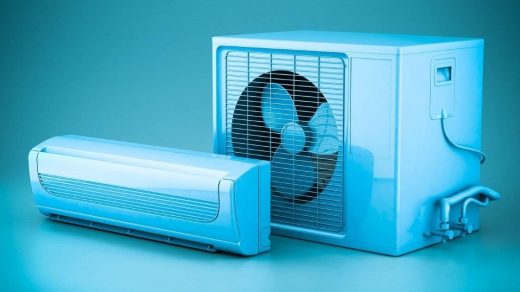Breathing is a natural function of the body that we often take for granted. However, it has immense potential as a tool to manage and reduce anxiety. By consciously controlling our breath, we can influence our physiological state and alter our mood within minutes. Here are five simple yet effective breathing techniques that you can practice anytime, anywhere to help alleviate anxiety instantly.
Firstly, there’s the 4-7-8 technique which involves inhaling for four seconds, holding your breath for seven seconds and exhaling slowly over eight seconds. This method slows down your heart rate and calms your mind by focusing on the rhythm of your breath rather than spiralling thoughts.
Another technique is diaphragmatic breathing or belly breathing where you breathe deeply into your stomach instead of shallowly into your chest. To do this, place one hand on your chest and the other on your belly while taking slow deep breaths ensuring that it’s the hand on your belly that rises with each inhalation. This type of deep breathing stimulates the vagus nerve which runs from the head down to the neck, chest and abdomen promoting relaxation throughout the body.
Box Breathing is another technique used especially by Navy SEALs during high-stress situations. The process snow caps weed involves inhaling slowly through nose counting to four; hold this breath in while counting to four again; then exhale all air out through mouth also counting to four; finally wait at end of exhalation count till four before beginning again.
Progressive muscle relaxation combined with deep breathing is another way to reduce anxiety quickly. This involves tensing then releasing different muscle groups in conjunction with controlled deep breaths allowing you to become more aware of physical sensations thus grounding you in present moment away from anxious thoughts.
Finally there’s guided visualization paired with mindful breathing where you imagine a peaceful place or situation while simultaneously focusing on steady rhythmic inhalations and exhalations helping distract mind from stressors providing immediate relief from anxiety.
Remember to sit comfortably with your back straight while doing these exercises and try to breathe in through your nose and out through your mouth. Practice these techniques daily, even when you’re not feeling anxious. This way, they’ll become automatic responses when anxiety strikes.
In conclusion, breathing techniques are a natural, immediate way of reducing anxiety that can be practiced by anyone at any time. They are simple yet powerful tools that harness the body’s innate ability to self-regulate and restore balance. So next time you feel a wave of anxiety coming on, remember: just breathe.




